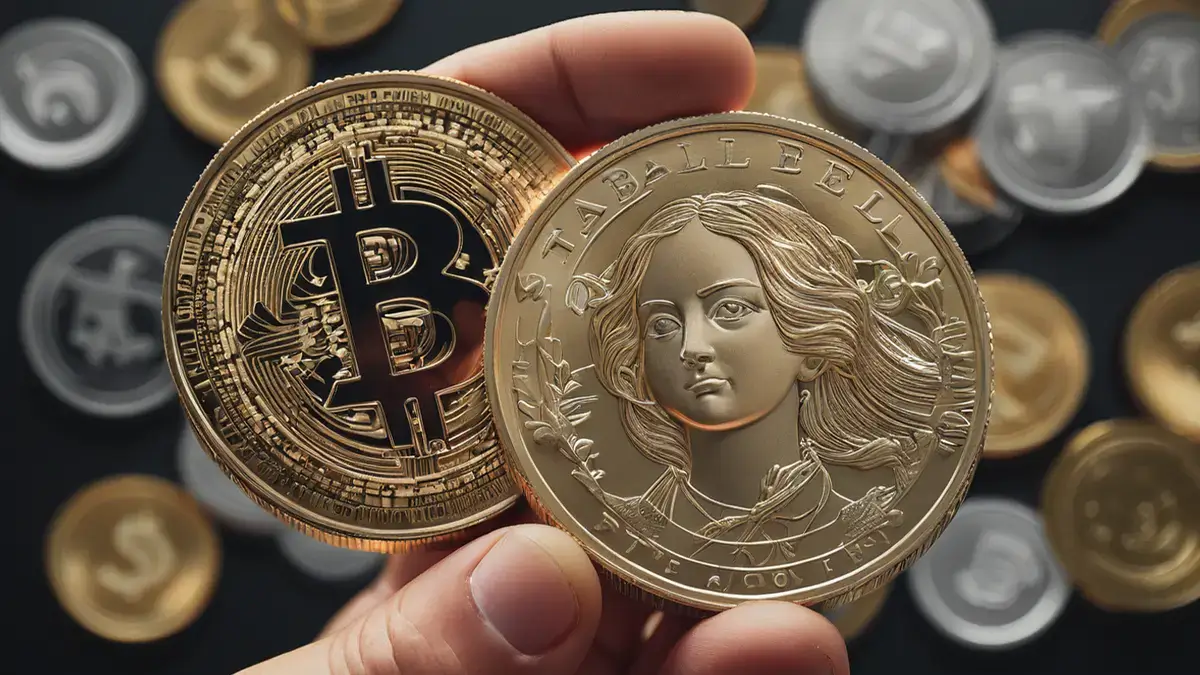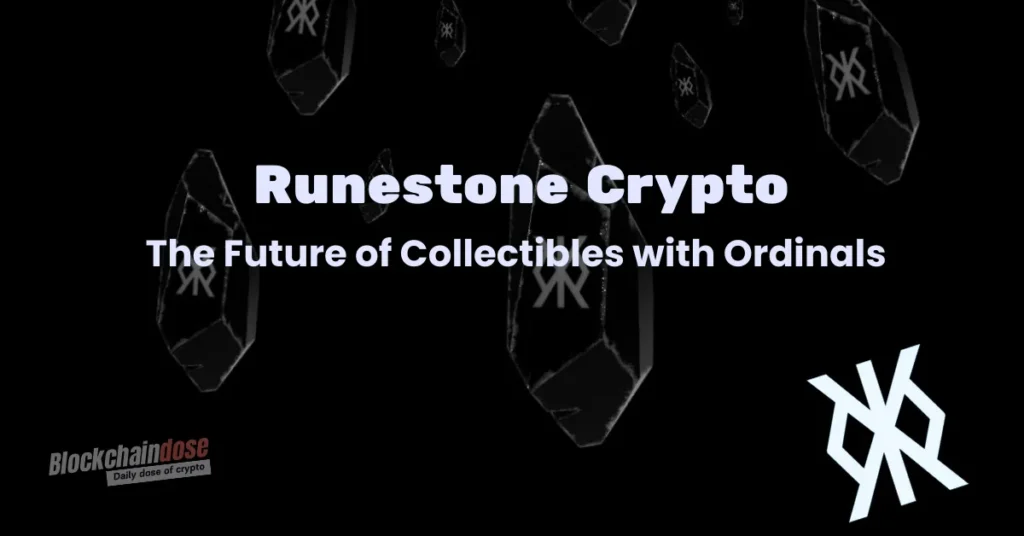USD Coin, USDC is the second largest stablecoin in the cryptocurrency realm. Like USDT, USDC is also primarily pegged to USD in reserves.
A stablecoin is a crypto asset focusing on price stability. It acts as a hedge against volatility associated with the crypto realm.
USDC is that type of asset. It was born within the crypto realm to primarily help crypto traders enjoy a hedge against volatility, using a much more stable cryptocurrency.
When writing this report, USD Coin had a market capitalization of about $32.29 billion, suggesting that around 32.29 billion USD tokens were circulating. Like Tether, the goal at the launch of USDC was to create a currency directly pegged to fiat assets, making it a reliable asset for traders.
Origins and Development
In May 2018, Circle, a fintech company, joined the stablecoin race when it announced the impending arrival of USDC. A few months later, in September of the same year, Circle launched USDC.
Circle’s vision was to create a stablecoin capable of combining the best of digital and fiat currencies. In pursuing a stable crypto asset, Circle collaborated with Coinbase, a popular crypto exchange network, forming a new consortium called Centre. Their joint venture would be the Center of the revolution of the crypto landscape.
Now, here is where the real business began.
In September 2018, Centre Consortium grandly introduced USD Coin, which has its home on the Ethereum blockchain. Despite starting small and being only supported by Ethereum, USDC is now available in over a dozen blockchains, including Base, Celo, Avalanche, Algorand, Arbitrum, Near, OP Mainnet, Hedera, Flow, Noble, Solana, Stellar, Polkadot, and Polygon PoS.
Key Milestones in USDC’s History
As already highlighted above, USD Coin is a product of a collaboration between Coinbase and Circle. However, USDC has achieved significant milestones within the crypto realm since its birth.
- In early 2019, USDC hit a market cap of about $300 million as the Center Consortium printed more tokens.
- By July 2020, USDC had hit a market cap of about $1 billion, a testament to the Center’s increasing efforts to make USDC one of the top stablecoins.
- In March 2021, Visa announced the most significant real-life use case of USDC. Visa, a multinational payment network, announced its plans to use USD in transaction settlement.
- By December 2021, USDC had attained a market capitalization of about $40 billion. Visa played a big part in the value extension of USDC.
- By mid-2022, USD Coin had attained a market cap of over $56B.
- July 2022—Amidst the significant expansion, questions emerged over whether the USD Coin network had enough reserves to back the circulating supply. Not long after, Grant Thornton, LLP, the network, publicly mentioned that USDC reserves were always attested. USD was setting the pace for a more transparent internet.
- The Rocky 2023: 2023 is the rockiest for the USD Coin. Around March, there was a major bank run in the U.S. Circle revealed that a small chunk of its reserves was at risk owing to the collapse of Silicon Valley Bank. Panic ensued, but USDC regained its footing four days later. Crisis averted!
- In August 2023, Circle took charge of USDC issuance. Circle and Coinbase decided to close the Centre Consortium, leaving Circle as the primary conductor of USDC. The network also decided to discontinue USDC on the Tron Blockchain.

Mechanics of USDC
Most investors will likely ask how the USD Coin functions and what the mechanics of USDC are. Here is a short section on how the second-largest stablecoin operates.
Unlike volatile crypto assets like Ethereum and Bitcoin, USD Coin majors on price stability. The token maintains a 1:1 peg with the USD. The USDC issuer Circle maintains USD reserves in regulated financial institutions.
As of March 2023, the financial institutions used in holding USD reserves for Circle included:
- Silvergate
- Silicon Valley Bank
- Bank of New York
When you purchase USDC, the fiat is deposited in Circle-owned reserves. Every new dollar must be immediately put in reserves. The network mints a new USDC token equivalent to the dollar value deposited in the reserves.
If $1000 has been deposited in the reserves, the network must immediately mint an equivalent of USDC, i.e., 1000 USD Coins. This guarantees that the amount of circulating USDC maintains a 1:1 ratio with the dollar in reserves at any given time.
But what if you sell your USD Coins in exchange for fiat currency? Well, the Circle network immediately initiated a burn transaction. USDC burning refers to a short process of sending the coins to a wallet with no access. This means the tokens are entirely written off from circulation.
The process of minting USDC is simple for everyone. The first step in creating a USD Coin is for a user to deposit U.S. dollars in their circle account.
Immediately after the USD is deposited, the network circulates additional USDC. You can redeem the token by depositing your USDC into the circle account.
Role of USD Reserves and Regulatory Compliance
Circle’s USD Coin has been hailed for transparency and compliance with regulators. For instance, the network has occasionally demonstrated openness by outrightly declaring the amount of USD reserves held at regulated financial institutions.
The constant transparency about reserves is reassuring to the cryptocurrency community.
Secondly, the accounting firm Deloitte has issued monthly attestations to verify the adequacy of these reserves. You can find the monthly attestations online, which testify to Circle’s transparency.
Finally, USDC adheres to regulations set by U.S. watchdogs, including the U.S. Financial Crimes Enforcement Network (FinCEN).
Challenges and Controversies
What are the challenges and controversies surrounding the USD Coin in its history? Among the challenges and controversies include:
Counterparty Risks and Custodianship
Stablecoins like USDC and USDT largely rely on counterparty custodian banks. These banks hold massive reserves already running into tens of billions.
While this provides good backing for stablecoins, it also opens them to counterparty risks. But how?
In early 2023, the U.S. suffered a major bank run, which affected dozens of banking networks. Since then, banks like First Republic, Signature, and Silicon Valley have failed.
Some banks that fell, including Silvergate, had gained massive applications within the crypto realm. However, they announced plans to wind down and liquidate earlier last year, affecting stablecoins.
Secondly, it’s good to remember that the USDC issuer, Circle, disclosed they held massive reserves in Silicon Valley Bank. While the U.S. authorities have indicated that uninsured depositors at SVB will be made whole, reserve custody counterparty risk remains crucial for stablecoin issuers.
Regulatory Scrutiny and Audits
There has been little criticism of USDC, especially concerning regulatory scrutiny and regular audits. Currently, USDC is the largest regulated stablecoin in the crypto markets. But how?
First, the issuer of USDC, Circle, has been registered with FinCEN. Secondly, as per many reports, Circle is also issued a license to operate in 46 states. As such, much of Circle’s USDC reserves are reported publicly to the states.
The regular attestations by qualified auditors help ensure transparency concerning the status of USDC’s reserves.
It is interesting to watch Circle continually address the misconceptions that stablecoins are “Unregulated funny money.” USDC has been seen adhering to state money transmission regulations, just like significant payment companies.
Moreover, by remaining transparent, Circle addresses the myth that stablecoins lack transparency of reserves.
Circle’s Approach and the Future
Circle’s annual USDC report, released in 2024, states that the network aims to “build USDC into the largest, most widely-used stablecoin network in the world.” It is motivated by the need to empower everyone, everywhere, with access to the globally accepted financial standard, USD.
But what are the plans for Circle and USD Coin? Well, here are a few developments:
- Cross-chain transfer protocol: Just recently, Circle dawned the CCTP, a technology that enhances USDC liquidity across chains. The idea is to replace traditional bridges, streamlining the processes of transferring USDC and making it safer, faster, and cost-friendly. The CCTP began by operating only between Ethereum and Avalanche but is slowly expanding.
- Multichain expansion: Circle has gradually expanded across chains and layer two networks. It currently operates in 15 chains, including Algorand and Ethereum. Just recently, it added zkSync L2 as part of the service offering.
- Web3 innovation: Circle encourages developers to integrate USDC into their payment apps.
The Future Beckons
As we gaze into the horizon, USDC continues evolving, dancing across blockchains like Tron and Ethereum. The market cap of USDC continues to go upward as Circle mints more of this coin to reach the wider crypto community.
Its presence in crypto is a symbol and a beacon of hope, especially for investors fighting for blockchain project regulatory compliance. So, next time you see USDC trending on social networks, reflect on its journey and potential as the catalyst for collaboration and innovation.




